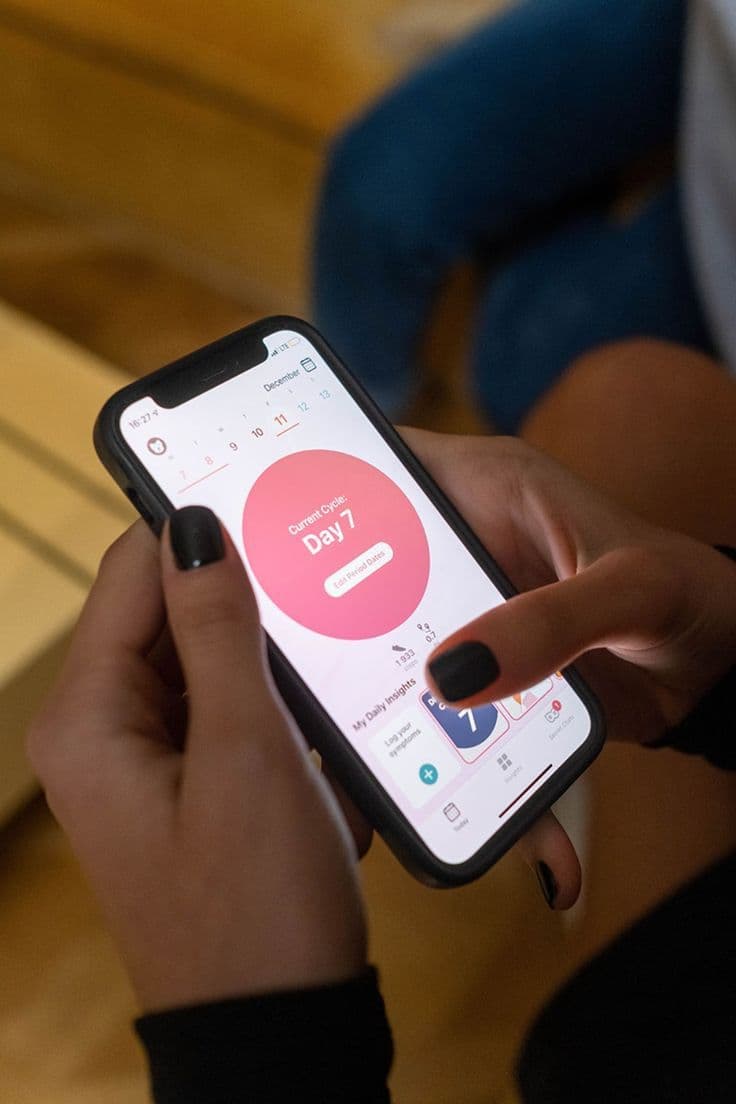
How tracking your cycle becomes your mental health crystal ball
7 sources
Listen to this article
Ever feel like your emotions are playing hide and seek with your sanity? One day you're crushing your goals, the next you're crying over a coffee commercial and wondering where your brain went. What if I told you there's actually a pattern hiding in all that chaos?
Recent research is blowing my mind about this: your menstrual cycle can be like a mental health forecast system. Studies tracking women daily (not just monthly check-ins) found that mood patterns are surprisingly predictable when you know where to look.
Your body's emotional GPS system
Here's what the science shows: most women experience their lowest mood starting about 14 days before their period and continuing until about 3 days after bleeding starts. But here's the kicker, everyone's pattern is slightly different. Some women crash right before their period, others during the first few days of bleeding, and some have mid-cycle dips too.
The perimenstrual phase (those days right before and during your period) is when over half of women experience their most challenging mental health moments. Think about it, during your period when you're craving gentle comfort and soothing rest, your brain might also be working overtime with anxiety or low mood.
Why tracking changes everything
When you track daily for at least three months, you transform from reactive to proactive. Instead of being blindsided by emotional crashes, you start seeing them coming. You can prep your healing toolkit, schedule that therapy session, or simply give yourself permission to take things slower.
One study found that women who tracked consistently could distinguish between their baseline mental health and cycle-related changes. Game changer for anyone wondering "Is this just me, or is this my hormones?"
Your action plan starts now
Start with any app that lets you log daily mood ratings and symptoms, not just period dates. Track mood, energy, anxiety levels, and sleep quality every single day.
Focus extra attention on the window from 3 days before your period through the first 2 days of bleeding. Notice patterns across multiple cycles, not just one month.
Share your data with your healthcare providers. They can use this concrete information to time medication adjustments or increase support during your vulnerable windows.
Create a comfort plan for your challenging phases. Stock up on warming foods rich in iron, plan restorative activities, and build in extra self-care.
Remember, this isn't about fixing yourself. You're not broken. You're learning to work with your body's natural rhythms instead of fighting against them. Knowledge really is power, especially when it comes to your mental health.



